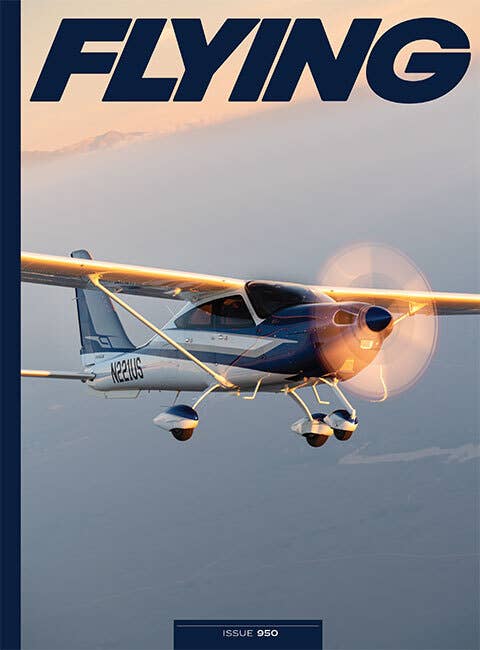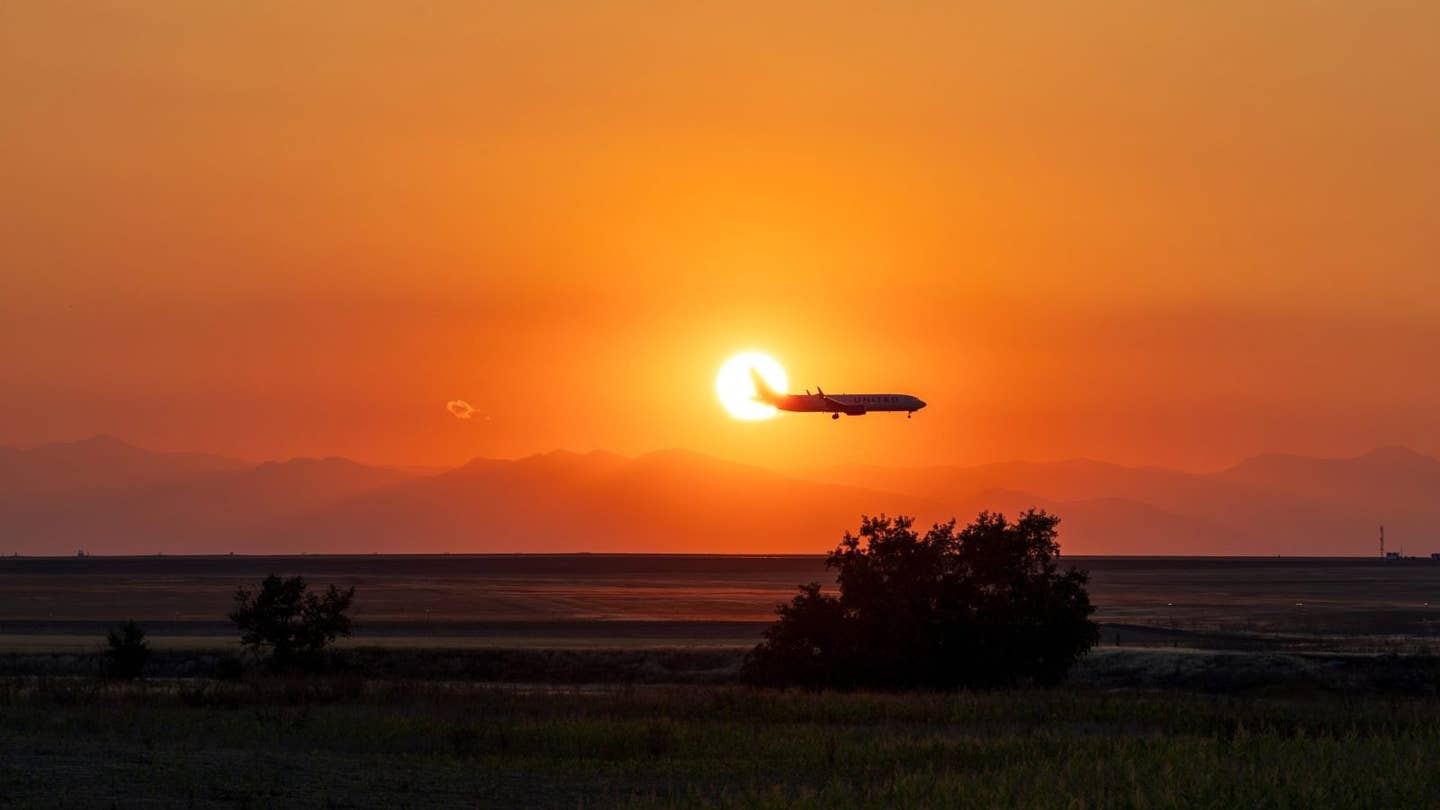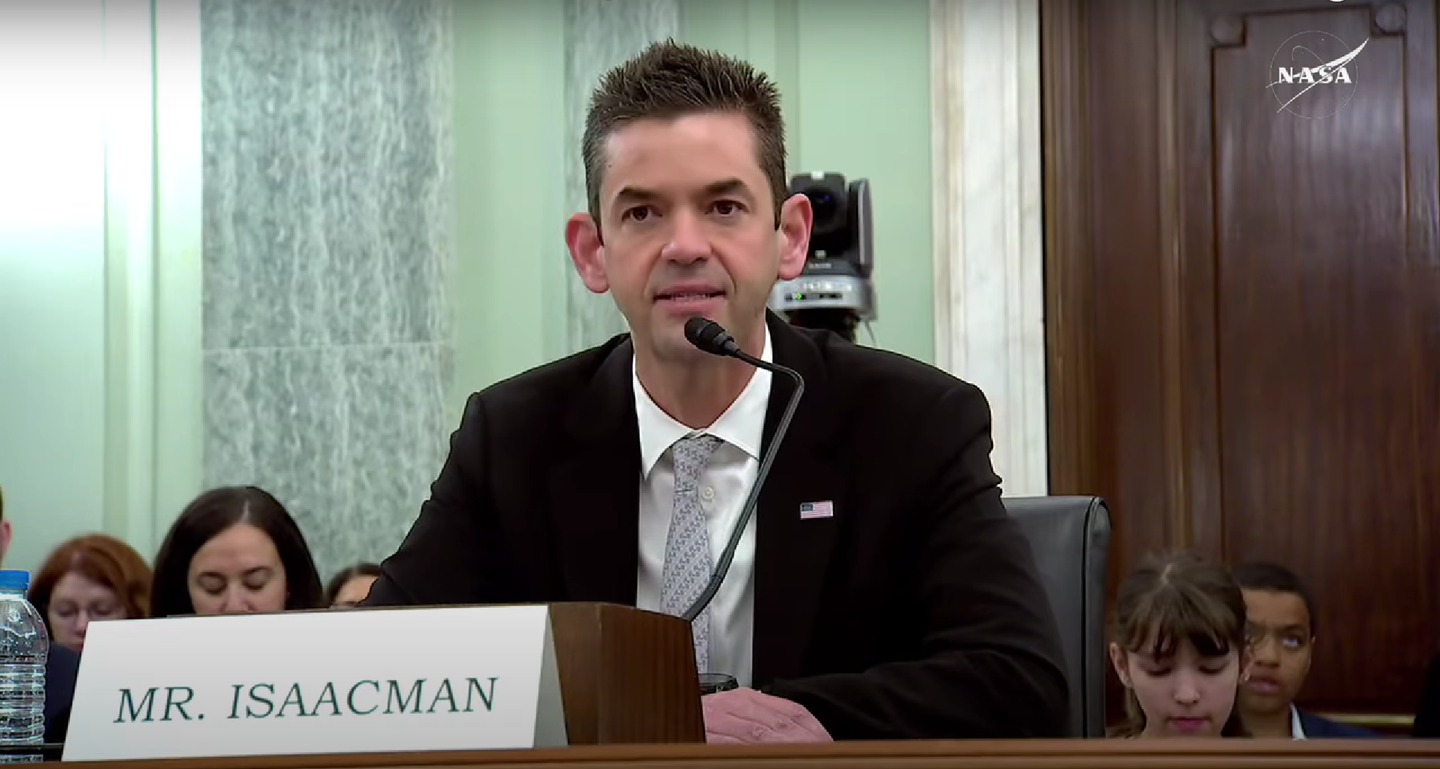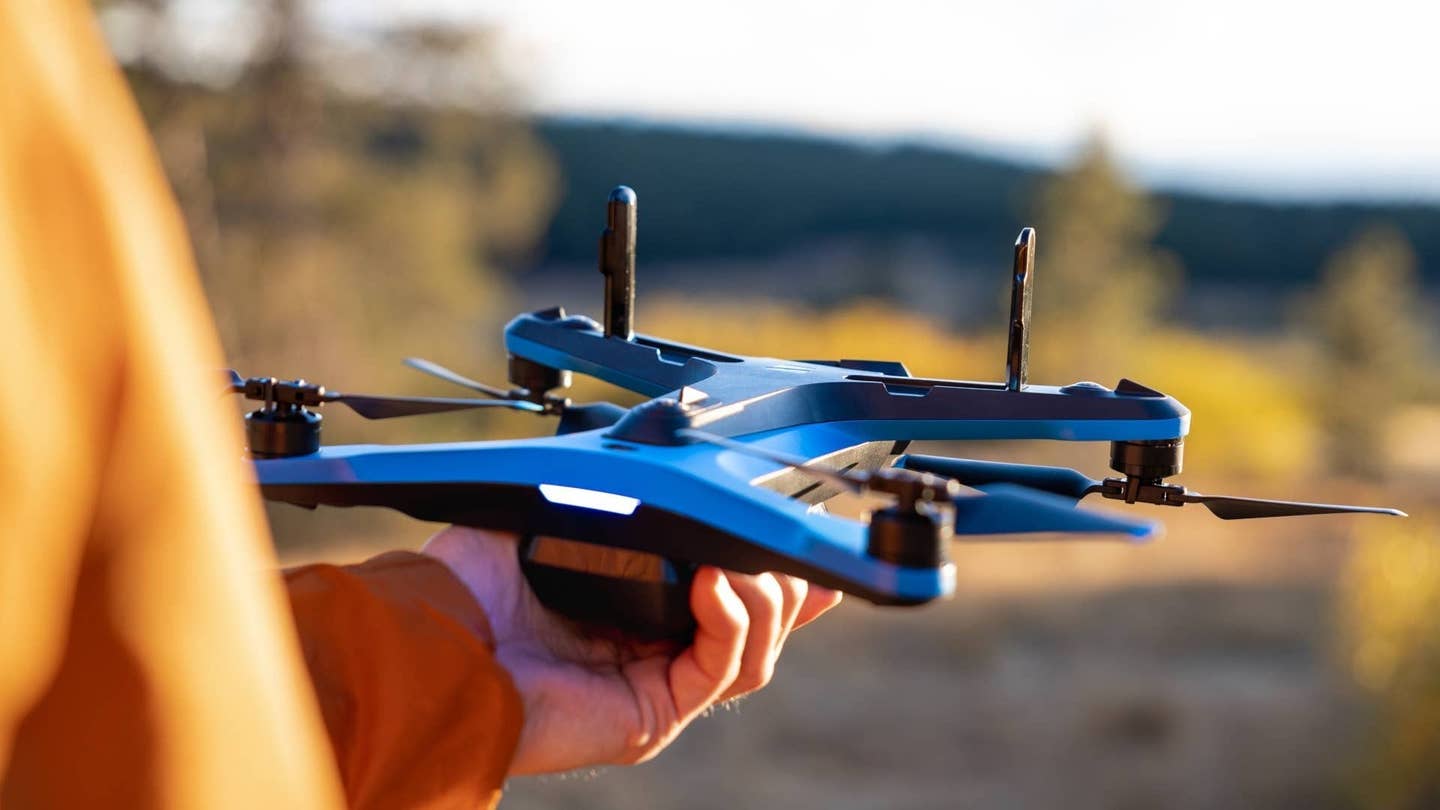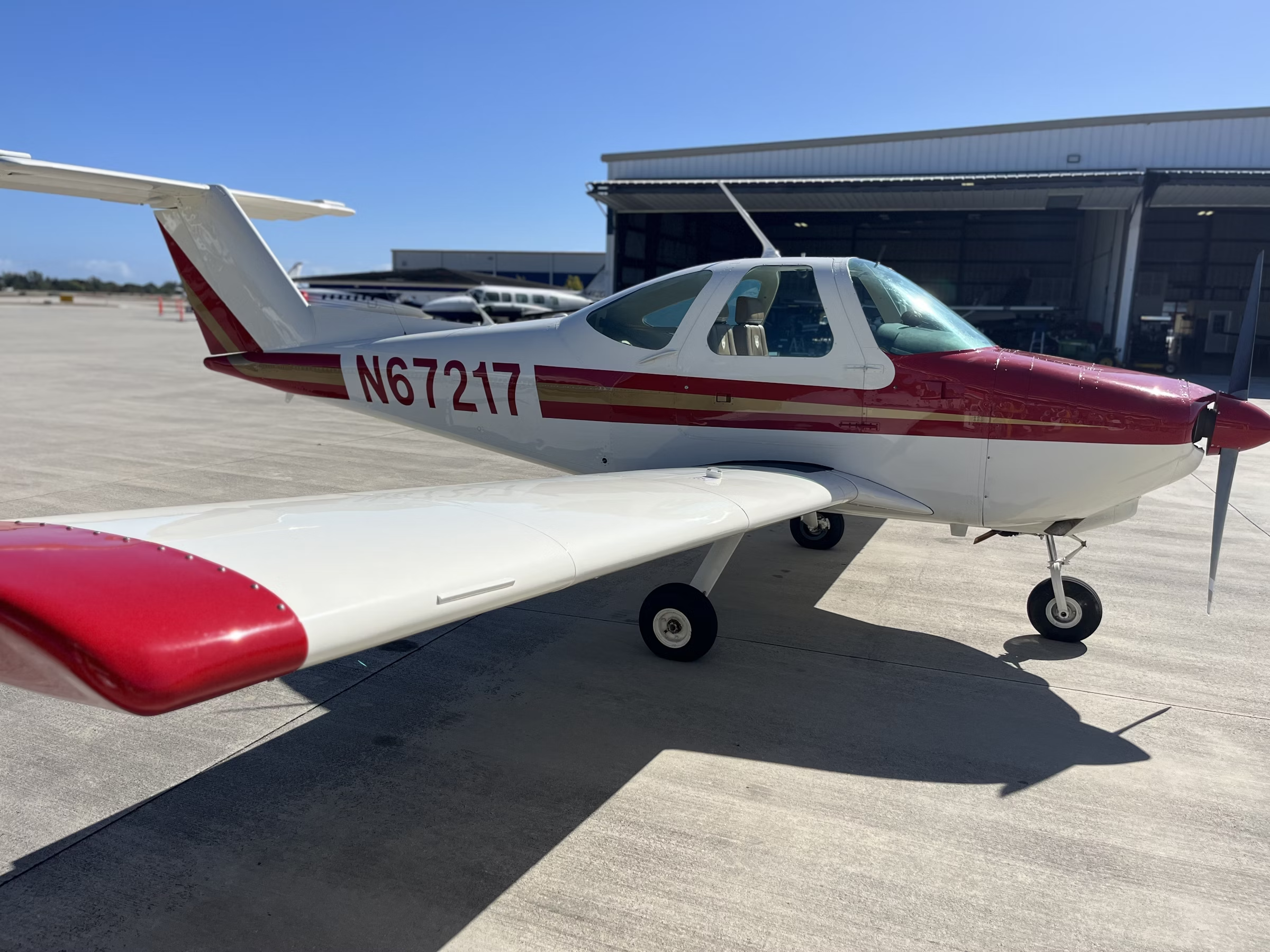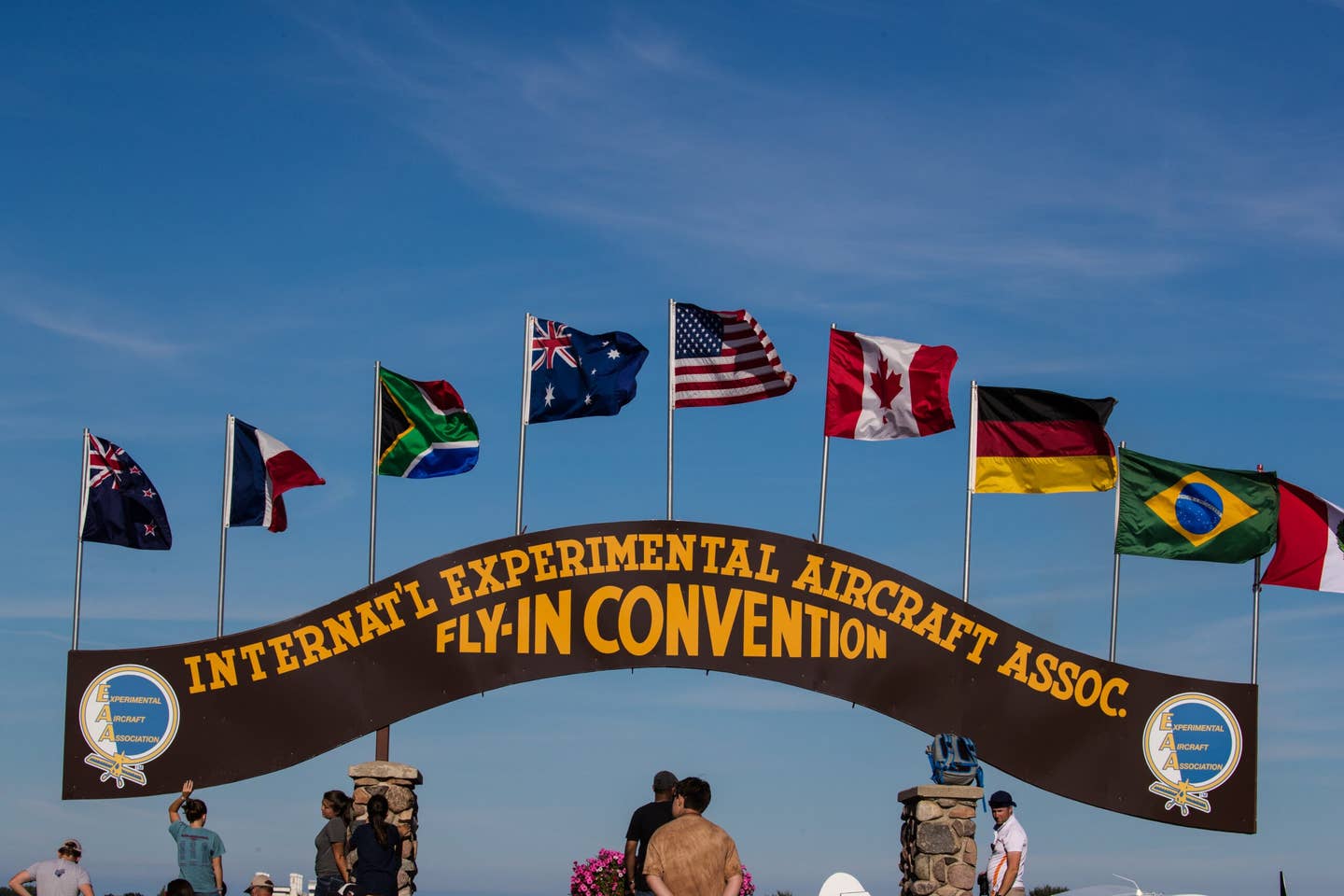I’ve Known Some Good Doctor Pilots—and Some Unlucky Ones
In 1966, the FAA released a report that found that physicians had a fatality rate four times greater than other pilots.
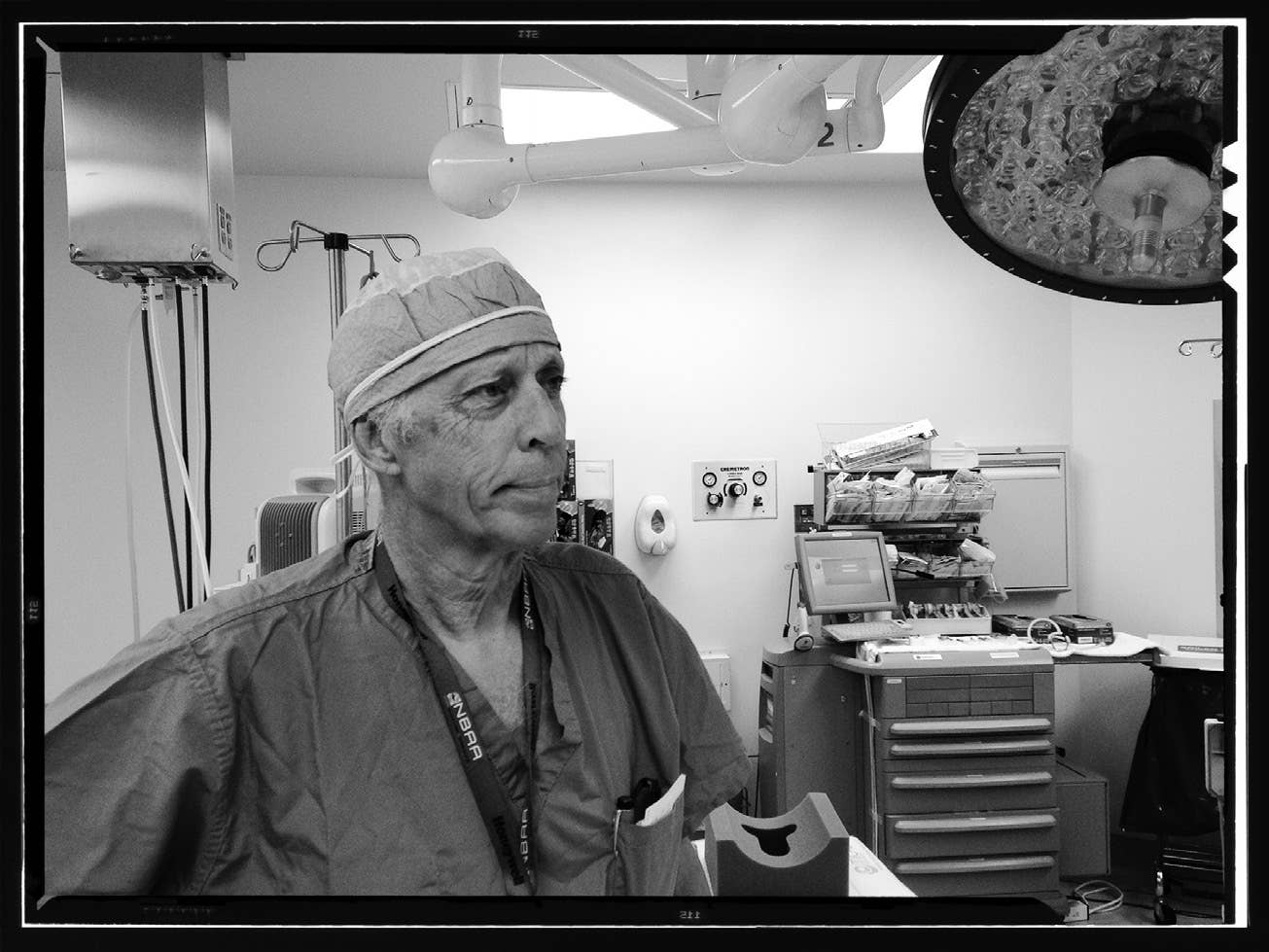
The NBAA lanyard around his neck telegraphed the author’s desire to shift his career from medicine to aviation. [Courtesy: Dick Karl]
As a newcomer to Tampa years ago I looked for a good maintenance shop to care for my Cessna P210. At the hospital where I worked I met a young neurosurgeon in the doctors lounge who recommended Aircraft Engineering in Bartow, Florida. It proved to be an excellent suggestion, and soon we were constantly talking about airplanes and giving each other rides to Bartow to pick up or drop off our planes.
Within a few years, a plastic surgeon arrived and joined the group of doctors who would fly to Bartow on a Saturday for lunch with maintenance folks.
If you're not already a subscriber, what are you waiting for? Subscribe today to get the issue as soon as it is released in either Print or Digital formats.
Subscribe NowWhile I bought a Cessna 340, the plastic surgeon and the neurosurgeon bought a Beechcraft P-Baron together. These guys struck me as serious pilots. Each had several thousands of hours of flight time and took care of their airplane meticulously. We’d make fun of each other. The neurosurgeon couldn’t understand why his American Express card was useless in the cash-only rural airport diner. The mechanics in Central Florida thought that the plastic surgeon from the big city was hilarious for his Cole Haan loafers with no socks. When I dropped the C340 artlessly on the runway at KTPA, the neurosurgeon noted a “carrier landing” and started calling me “Navy,” even though I’d been in the Army. We’d laugh at the story of a United flight that, when asked to increase the rate of descent, said, “We’re coming down like a Bonanza full of doctors.”
The hilarity ended abruptly on a sunny July day in 2003. The neurosurgeon took three employees of a medical device company to Memphis, Tennessee, for a meeting. Cleared to land on Runway 36R, the pilot was warned of wake turbulence from an Embraer 145 landing ahead on Runway 36C. The two runways are 972 feet apart—runways less than 2,500 feet apart are considered the “same runway” for purposes of wake turbulence. The National Transportation Safety Board (NTSB) noted that wake turbulence from the Embraer had likely dissipated during the 120 seconds between the two airplanes when the P-Baron “rolled left” and crashed inverted. My friend and a passenger died. Two others were seriously injured.
- READ MORE: Sleek Lines Come With Steep Cost
Chastened, our lunches took on a somber tone. The plastic surgeon went on to own a variety of airplanes, became a DPE for a while, and joined a training/instruction operation. On October 5, 2019, he flew a borrowed Aerostar to Kokomo, Indiana, to instruct in a Cheyenne. After completion of the training event in the jet-A-burning Cheyenne, the pilot checked the fuel in the 110LL-burning Aerostar and departed for Tampa. He crashed soon thereafter as a result of a fueling error when 163 gallons of jet-A were added to the Aerostar.
The NTSB determined the probable causes of the accident to be the “pilot’s exceedance of the airplane’s critical angle of attack following dual-engine power loss caused by the line service technician fueling the airplane with the wrong fuel, which resulted in an aerodynamic stall and subsequent loss of control. Contributing was the pilot’s inadequate supervision of fuel servicing.” Another shock.
What is it about doctors and aircraft accidents?
- READ MORE: Just Hanging Around the Airport
Anybody who survives four years of college, four years of med school, and somewhere between three and nine years of training must have a certain level of intelligence and a penchant for delayed gratification. Somewhere along the line, though, certain traits emerge, get taught, or are encouraged that make flying airplanes risky for some.
As a practicing academic cancer surgeon for 35 years and a professional ATP Part 135 pilot for three, I came to see these two great professions as two very different cultures. Medical school is competitive. It has been said, “Doctors don’t play well together.” I have seen other surgeons gloat when I didn’t get into an exclusive society. There was a fair amount of bad-mouthing.
In the late 1970s, a question on the American Board of Surgery qualifying exam had to do with a common cause of young surgeons’ mortality. The answer, before the AIDS epidemic, was plane crashes.
- READ MORE: Preparing to Pay a Premium
The safety culture in surgery is gradually improving but only to levels similar to those enjoyed by aviation by the 1990s. There is a lot written about the differences between the two endeavors. My favorite quote by James Reason was delivered to the Royal College of Physicians in 2003: “Aviation is predicated on the assumption that people screw up. You (healthcare professionals) on the other hand are extensively educated to get it right and so you don’t have a culture where you readily share the notion of error. So it is something of a big sea change.”
When I transitioned from the operating room to the cockpit, I was surprised by the level of support we received from dispatch, the operations specifications (ops specs), the general operating manual (GOM), and when we couldn’t figure it out on our own, the chief pilot. Pilots tend to support one another. Seniority eliminates a lot of competitive jockeying. When your number comes up and you pass the check ride, you will be the captain no matter how good looking and clever the other guy is.
In 1966, the FAA released the Mohler report that found that physicians had a fatality rate four times greater than other pilots. The sobriquet “a doctor in a Bonanza” became popular. Docs tended to be wealthy, sometimes arrogant, and susceptible to “get-home-itis.” None of these explanations ring true in the accidents of these two high-time, meticulous, well-trained pilots that I knew. I don’t go to lunch in Bartow anymore. There but for the grace of God, go I.
This column first appeared in the January Issue 954 of the FLYING print edition.
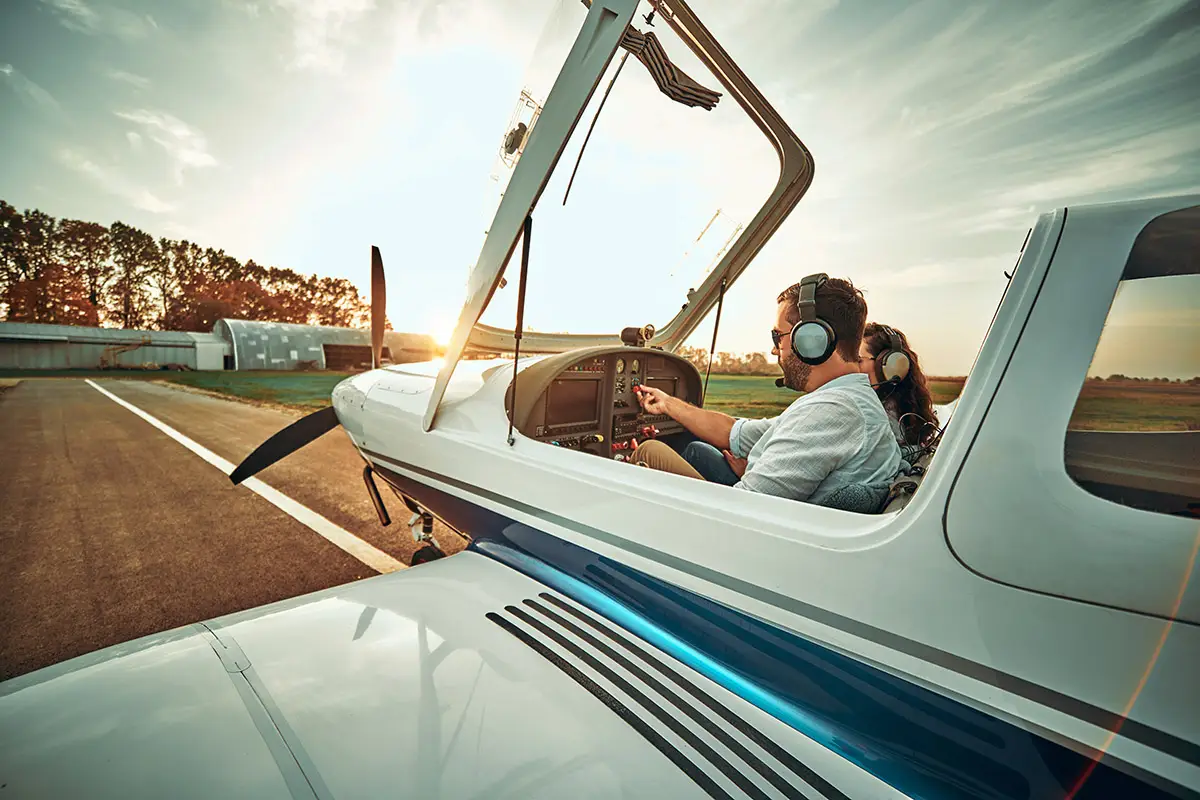
Sign-up for newsletters & special offers!
Get the latest FLYING stories & special offers delivered directly to your inbox

